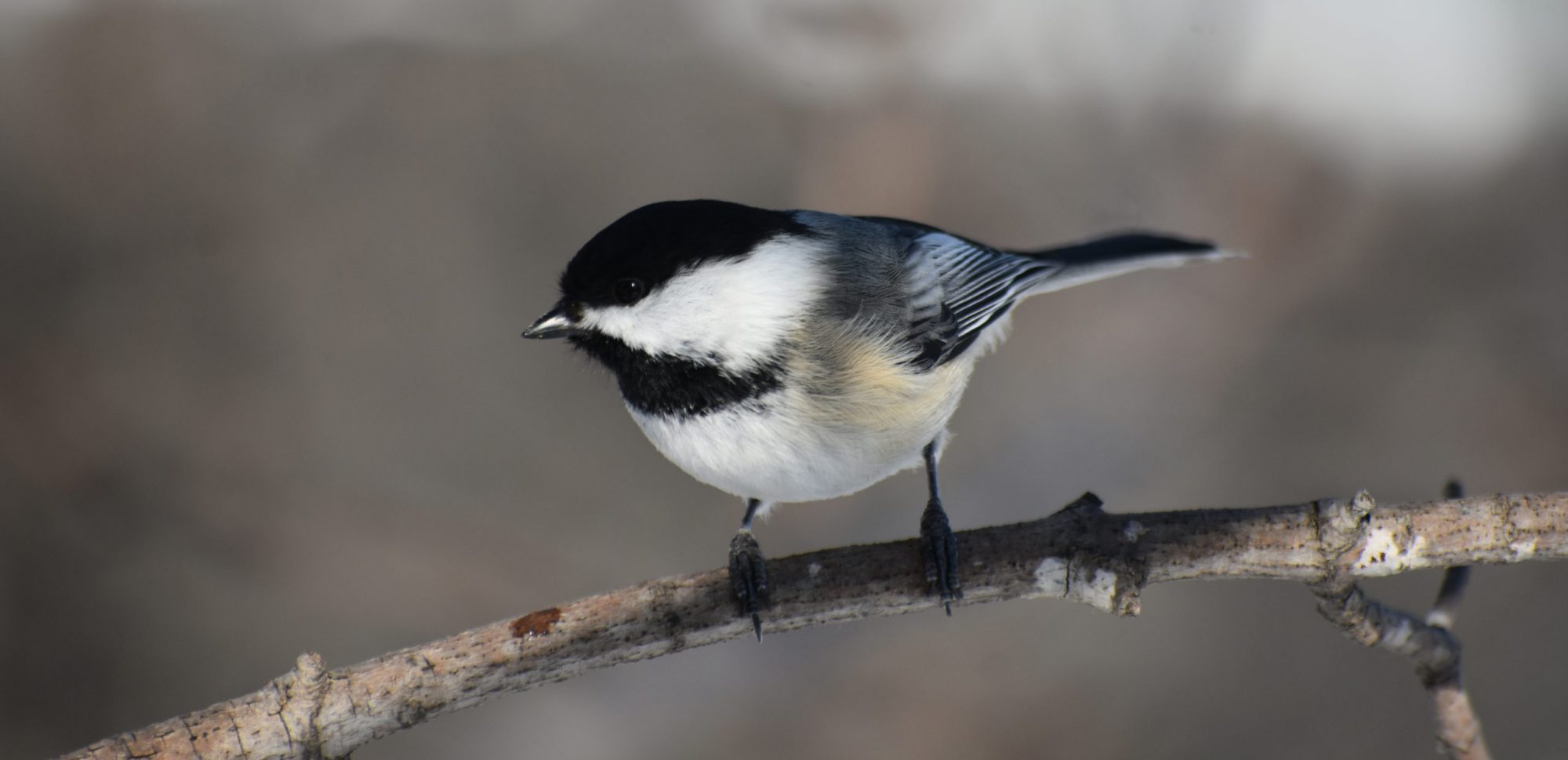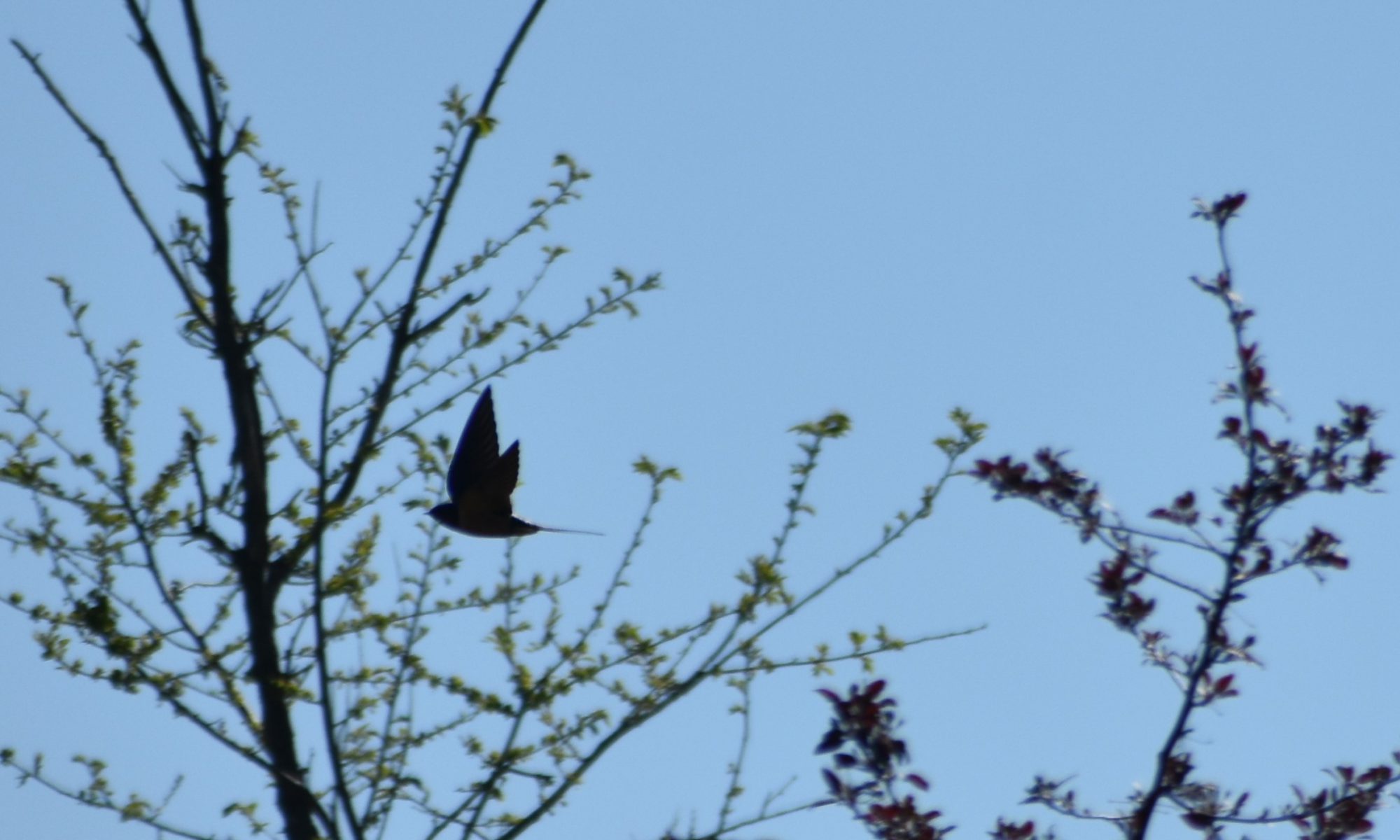I love to photograph birds, but I love to photograph other things in nature, too. Whenever the birding gets slow, I pause and capture a bee pollinating some dandelions, or a patch of violets, or a splash of moss on a tree. When I do spot a particularly photogenic bird, however, it always receives preference over bees and flowers, which fade into the background until the bird flies off and I have nothing better to photograph. But what if you’re looking to shake things up, and try for a more interesting shot than the typical subject-against-background theme? Sometimes, I take a different angle by using the bird to enhance the background – making the background the star.
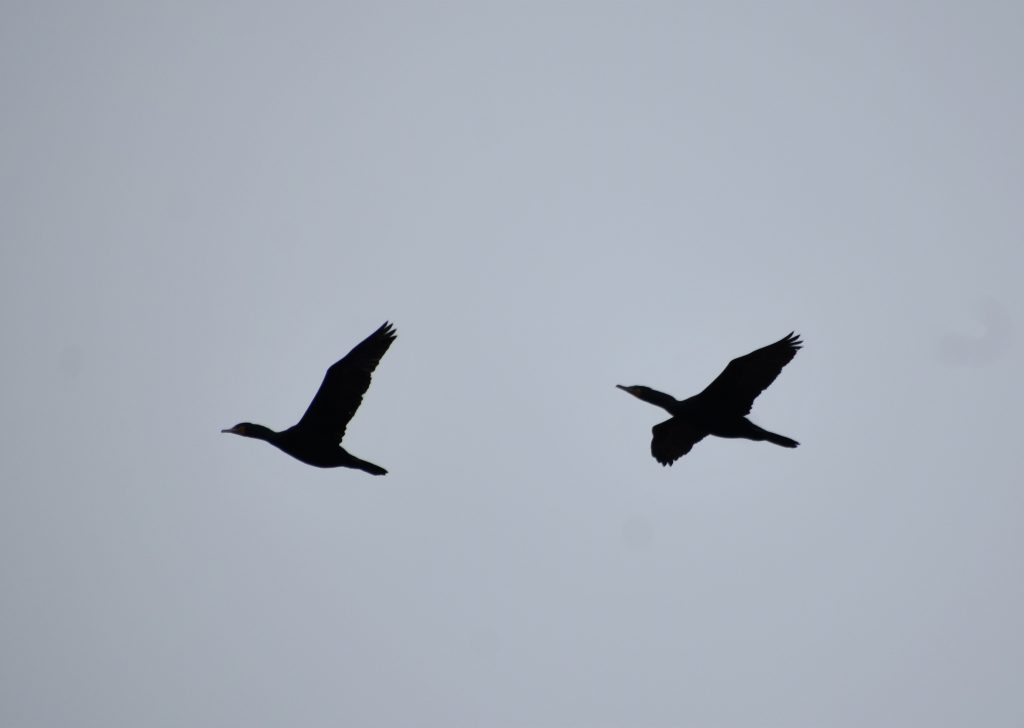
This is tricky sometimes – after all, birds are brightly colorful, constantly moving, and overall eye-catching. There’s a reason you hear more about birdwatchers than bee-watchers, flower-watchers, or tree-watchers, after all. But there are a number of different techniques you can use to accomplish this.
Backlighting
Typically, if a bird is backlit, you’ll decide it’s not worth taking a picture of and find a spot with better lighting instead; but the silhouette of a bird can help make a photo more dramatic, or just reduce the amount of detail and call out the background; which is what you want in this case.
For instance, while I was reviewing and editing pictures for the blog, I noticed one photograph of a House Sparrow, taken in the evening – with the light behind it, all you could see was a dark silhouette of the bird and the branches all around it. I was about to delete it, and look for a more blog-worthy image, when something about it caught my attention – the new, half-opened leaves, with the light shining through them, looked almost like flowers. It was almost the only color in the image, and the bird added a special element to it. It made a very interesting image!
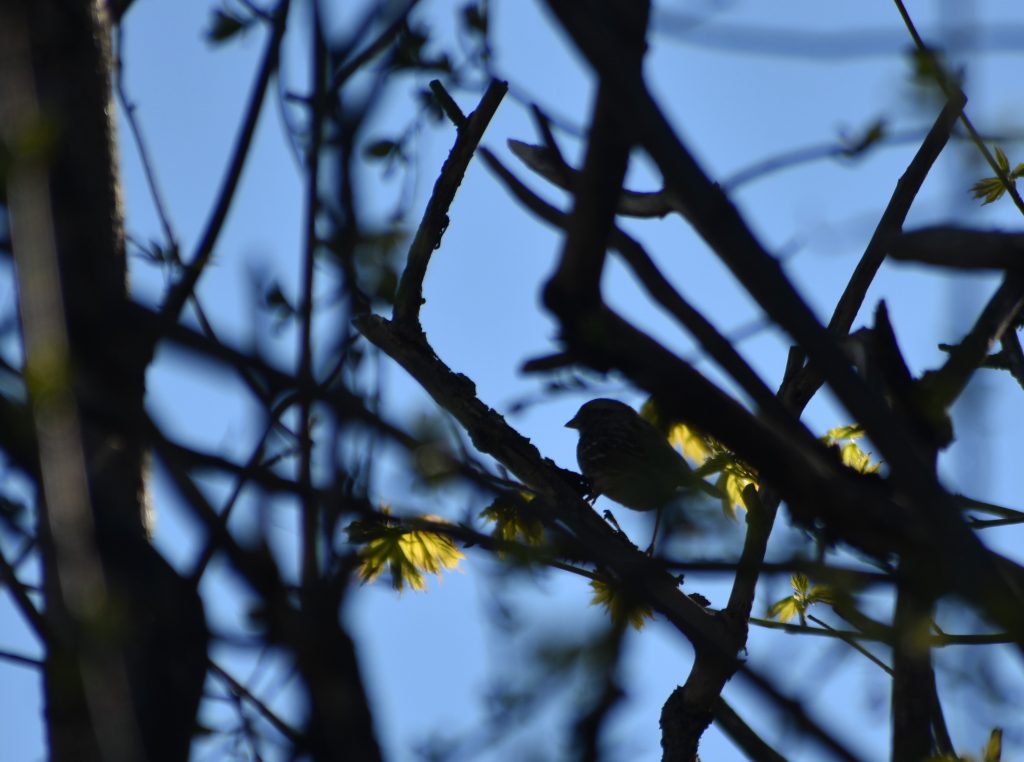
Unfocusing
If the bird is out of focus, it invites attention to whatever’s in focus, like this photograph below. It’s hard to get an interesting picture of moss, but moss is colorful and sometimes beautiful, if you look closely.
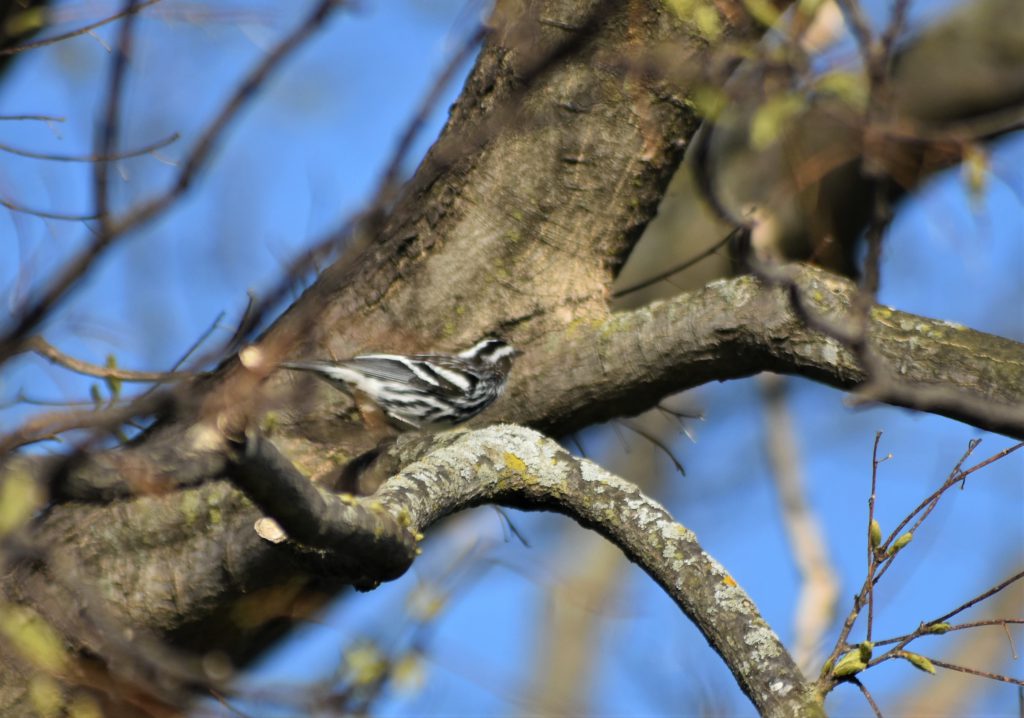
From Far Away
An interesting pattern in the clouds or the geometric shape of a tree are worth looking at – if you can get the viewer to notice them. One way to prevent the bird from being the most interesting part of the image is to snap a bird from a distance, only one part of an equally captivating background.
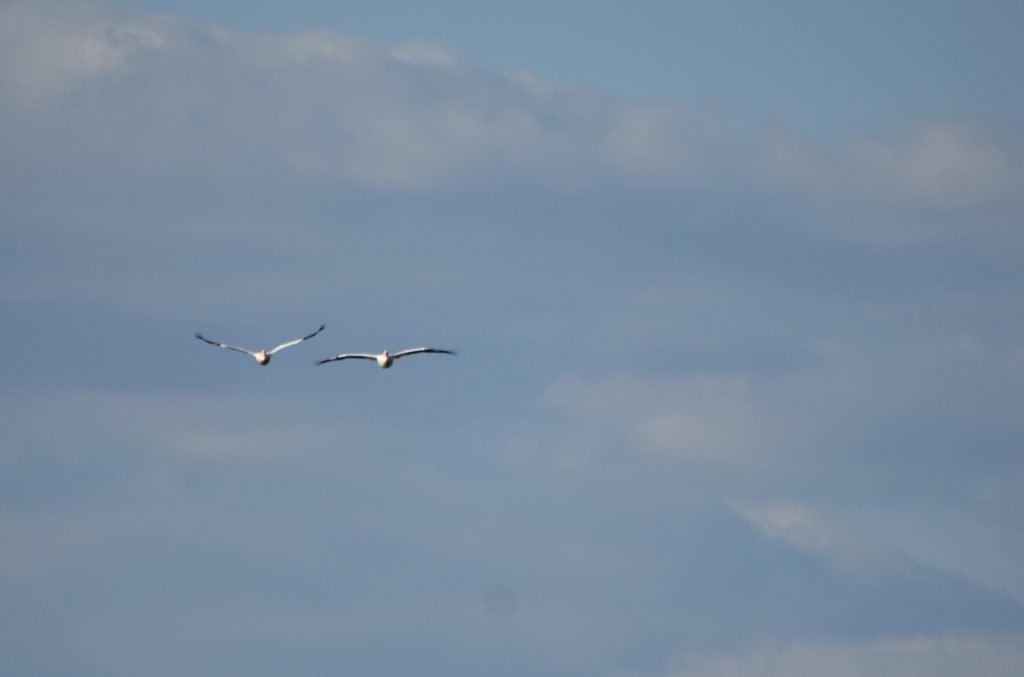
That’s all for today, thanks for reading!
